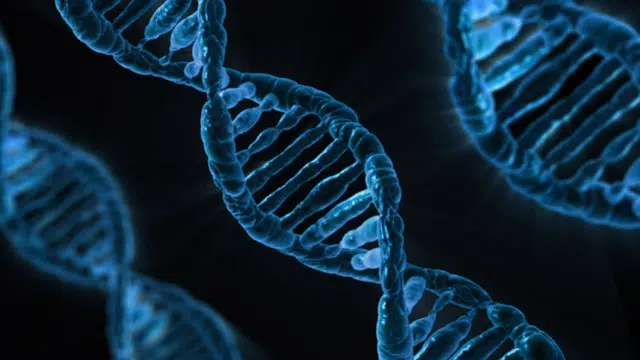
A heterozygous individual has two different forms of the same gene.
The first step we are going to take before fully entering into the meaning of the term heterozygous is to discover its etymological origin. Specifically, we have to state that it is a word that derives from Greek, since it is the result of the sum of two lexical components of said language:
-The word "heteros", which can be translated as "different."
-The term "zygotos", which is synonymous with "united".
Concept of heterozygous
The notion of heterozygous does not appear in the dictionary developed by the Royal Spanish Academy ( RAE ). The term, in any case, is usually used within the framework of biology, especially in the context of genetics .
A heterozygous organism is one that has two different forms of the same gene , one corresponding to the mother and the other inherited from the father. This means that the genes of the heterozygous individual have different alleles .
Genes, loci and alleles
A gene is a sequence of deoxyribonucleic acid ( DNA ) that allows the transmission of hereditary characteristics. Alternative forms of genes that are at the same site ( locus ) on homologous chromosomes are called alleles. When the organism has different alleles in a gene, it is classified as heterozygous.
These different forms of the gene give rise to effects that also show variations (brown or black eyes, blonde or brown hair, etc.). In the case of homozygous organisms, however, the same forms of a specific gene are inherited from the mother and the father.

In a heterozygous organism, the genes at the same locus on homologous chromosomes are different.
Characteristics of a heterozygous individual
In the heterozygous individual, in short, the genes at the same locus (fixed position) on homologous chromosomes are dissimilar, because the organism has a different allele on each of these chromosomes . That is why there are two dissimilar forms (alleles) of each particular gene. It should be noted that each inherited form corresponds to one of the parents.
In addition to everything indicated, we have to establish that when it comes to representing heterozygotes in science, we choose to do so by combining upper and lower case letters. An example of this could be from Bb to Aa through Vv.
The homozygous individual , on the other hand, has identical genes at the loci on homologous chromosomes. In this way, it harbors exact copies of the gene for a certain trait recorded on homologous chromosomes.
An example
A good example to understand what heterozygous means is that people who have type AB blood are heterozygous. On the contrary, the fact that an animal has albino skin means that it is homozygous.
In the same way, we should not overlook the existence of what is known as a double heterozygote. This term is used to refer to an individual who has the peculiarity of presenting or carrying two mutations in what are different genes.
Thus, it is determined that when parents have a mutation in two different generic loci, their offspring have the possibility of being double heterozygotes. In addition, it is also interesting to know that the aforementioned loci can be present on different chromosomes or on the same chromosome.
